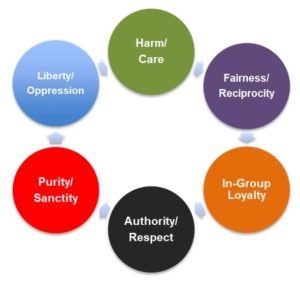Something I’m seeing a lot lately in the research I conduct is the blurring of the line between the ideas of pleasure and happiness.
I was recently leading a focus group discussion on – well, let’s just call them ‘less healthy foods’—and several participants, when talking about why they eat foods they know they shouldn’t, said something to the effect of, ‘hey, it makes me happy.’ When asked what they thought that implied, they generally indicated that they felt that anything that makes one happy can’t be bad, as happiness is seen as being itself a healthy thing. If we were elementary school math students, we would now invoke the transitive property:
Unhealthy food = happiness
Happiness = healthy
Therefore, unhealthy food = healthy food
And that, friends, is how we rationalize self-destructive behavior. So, what’s the problem with this logic? The problem is that every time these people used the word ‘happiness,’ they actually should have said ‘pleasure.’ People often use these terms interchangeably in colloquial conversation, but it’s important to understand that pleasure and happiness are not the same thing.
I’m far from the first person to notice the mashing up of these two concepts. Dr. Robert Lustig has written an entire book on this, The Hacking of the American Mind. In it, he enumerates the differences between pleasure and happiness:
-
Pleasure is a short-term phenomenon, happiness is long-term;
-
Pleasure is physical, happiness is emotional;
-
Pleasure is derived from taking, happiness from giving;
-
Pleasure can be achieved with tangible things, happiness cannot;
-
Pleasure is experienced alone, happiness is experienced in social interactions;
-
Extremes of pleasure can lead to addiction, while there is no such thing as being addicted to happiness;
-
Pleasure is associated with the neurotransmitter dopamine, while happiness is associated with serotonin.





